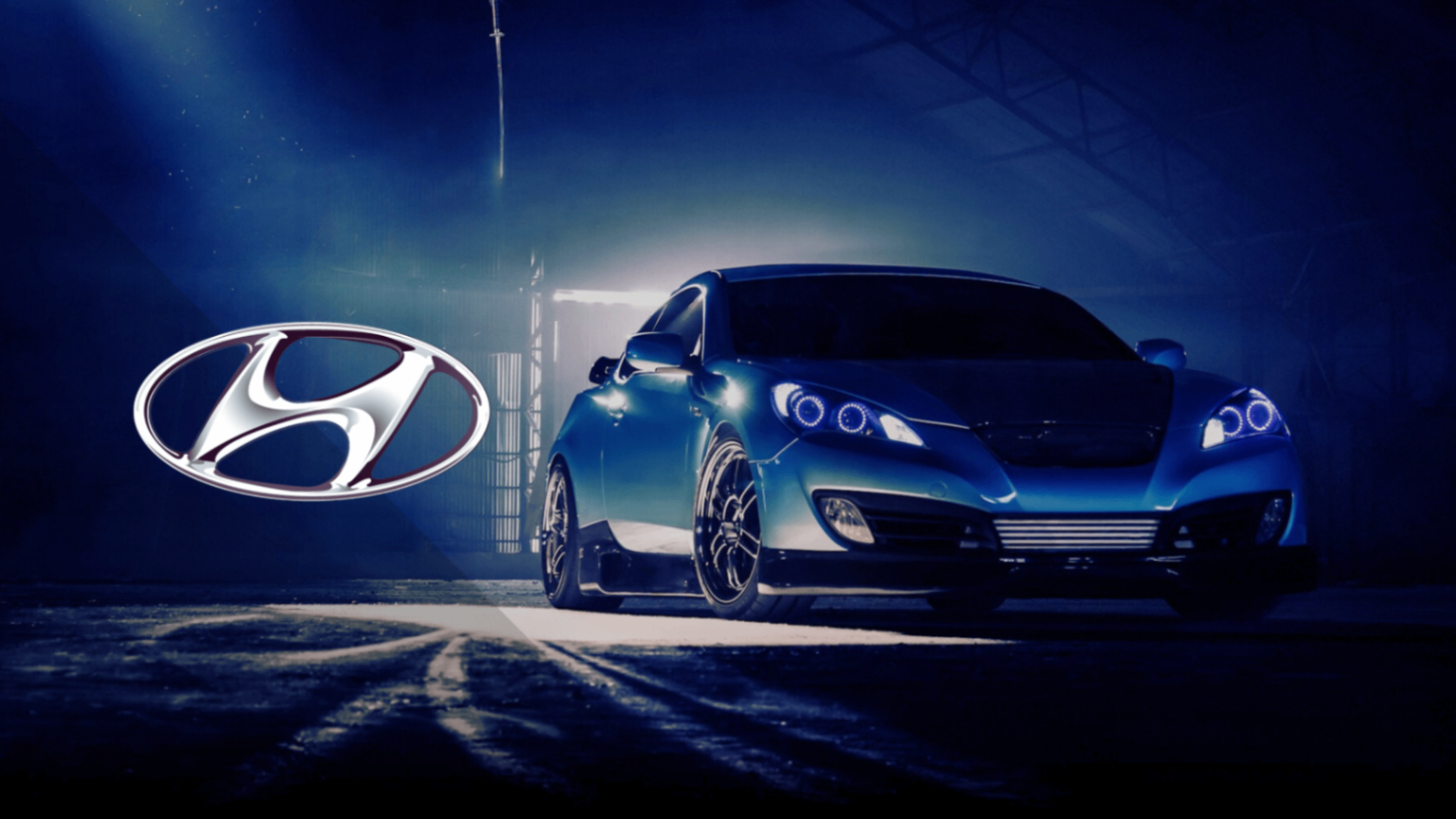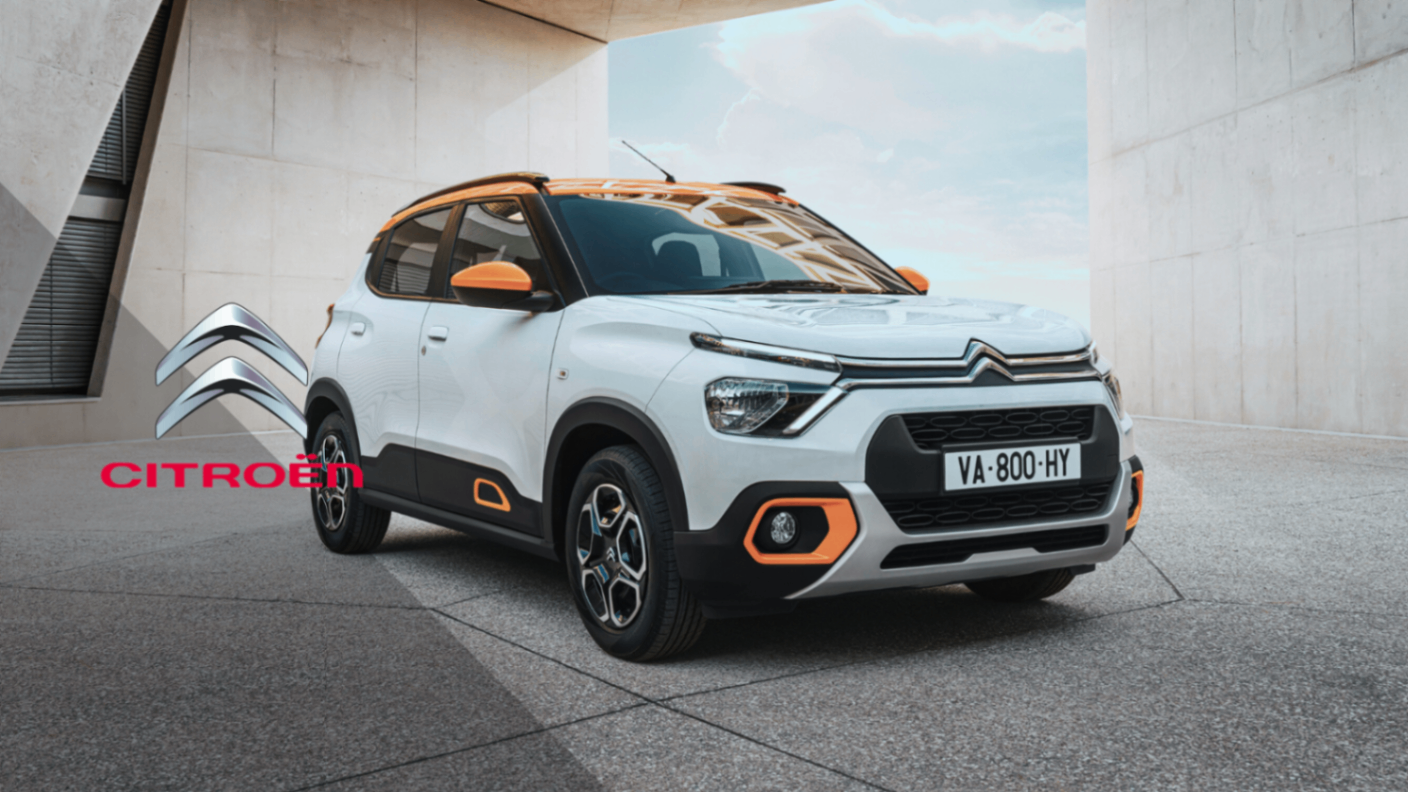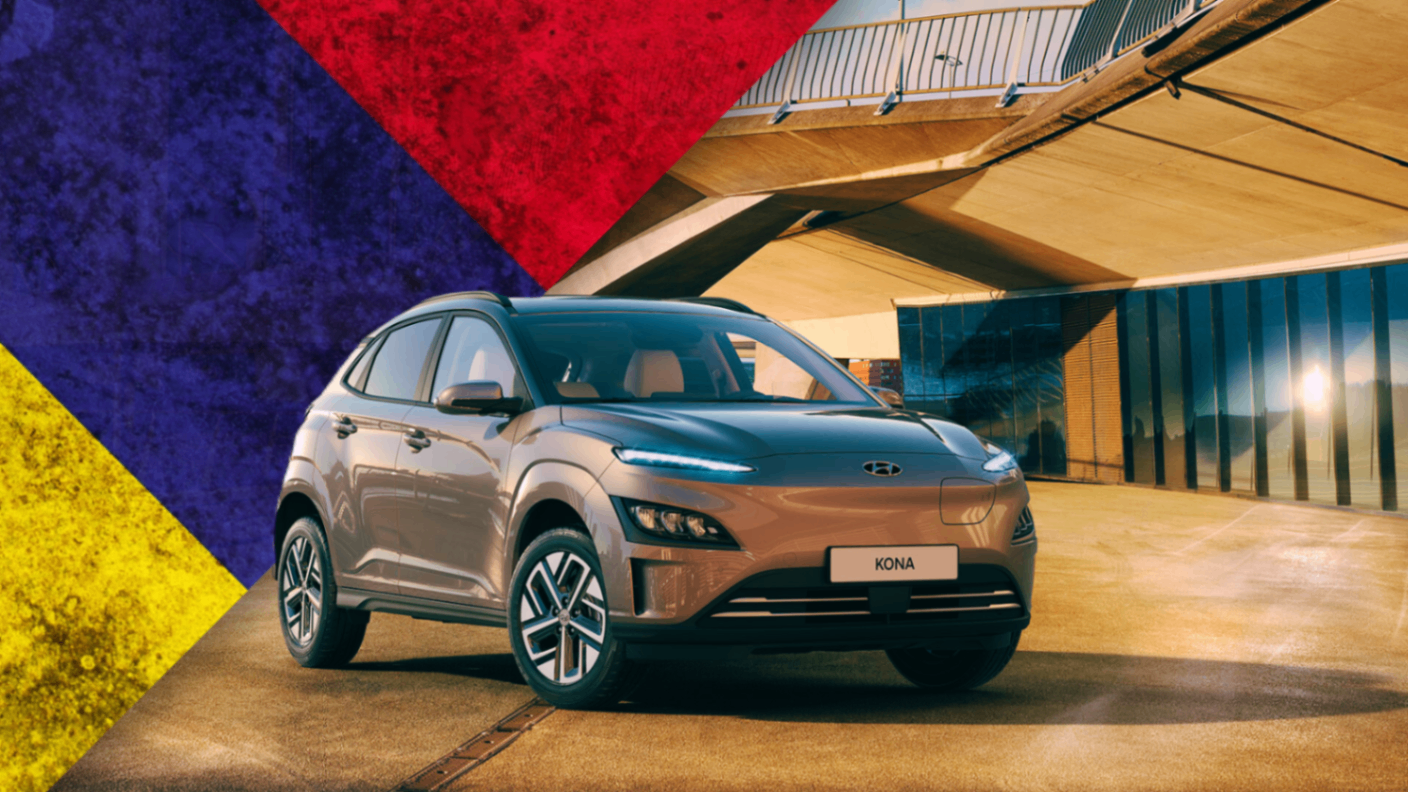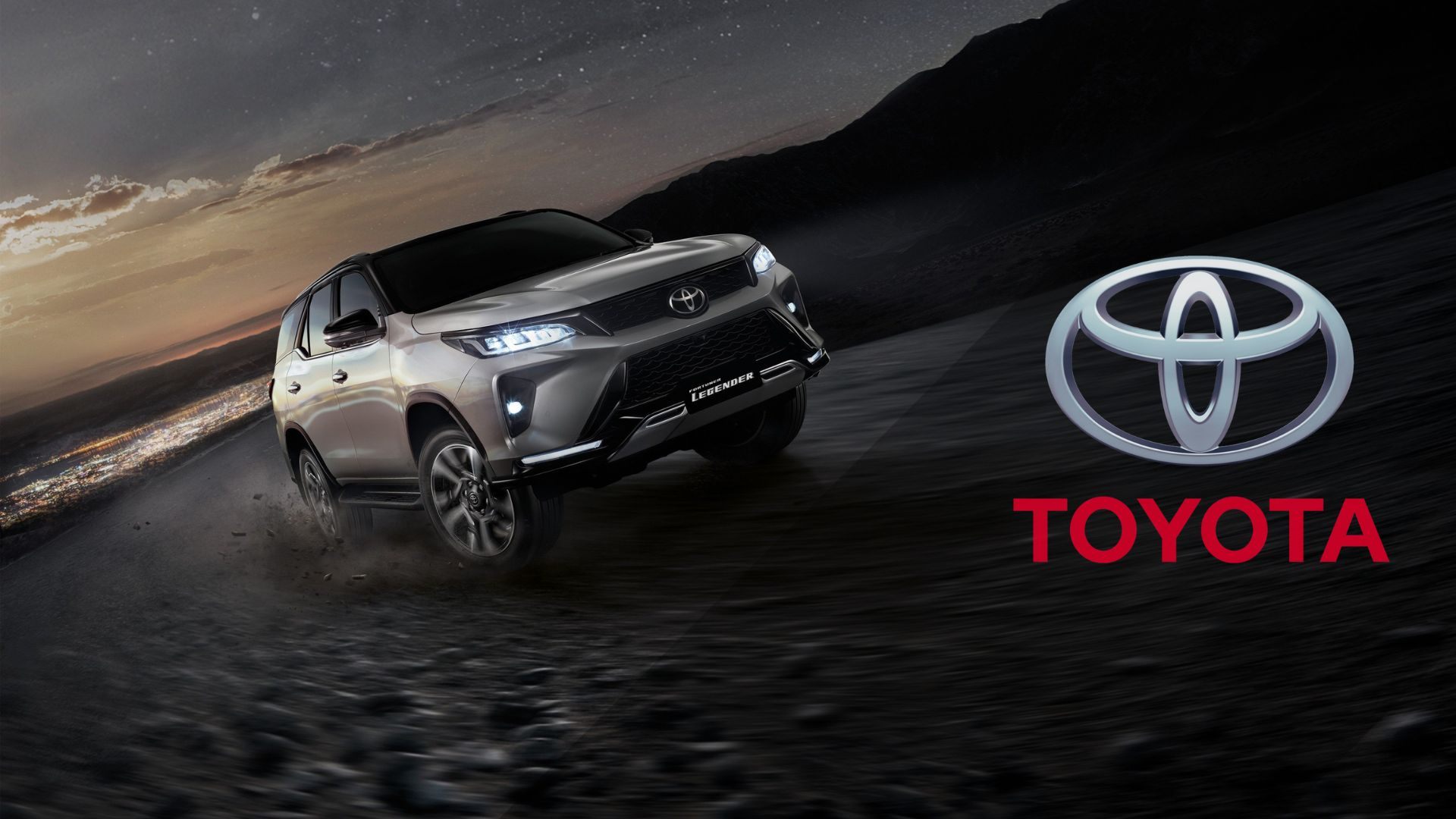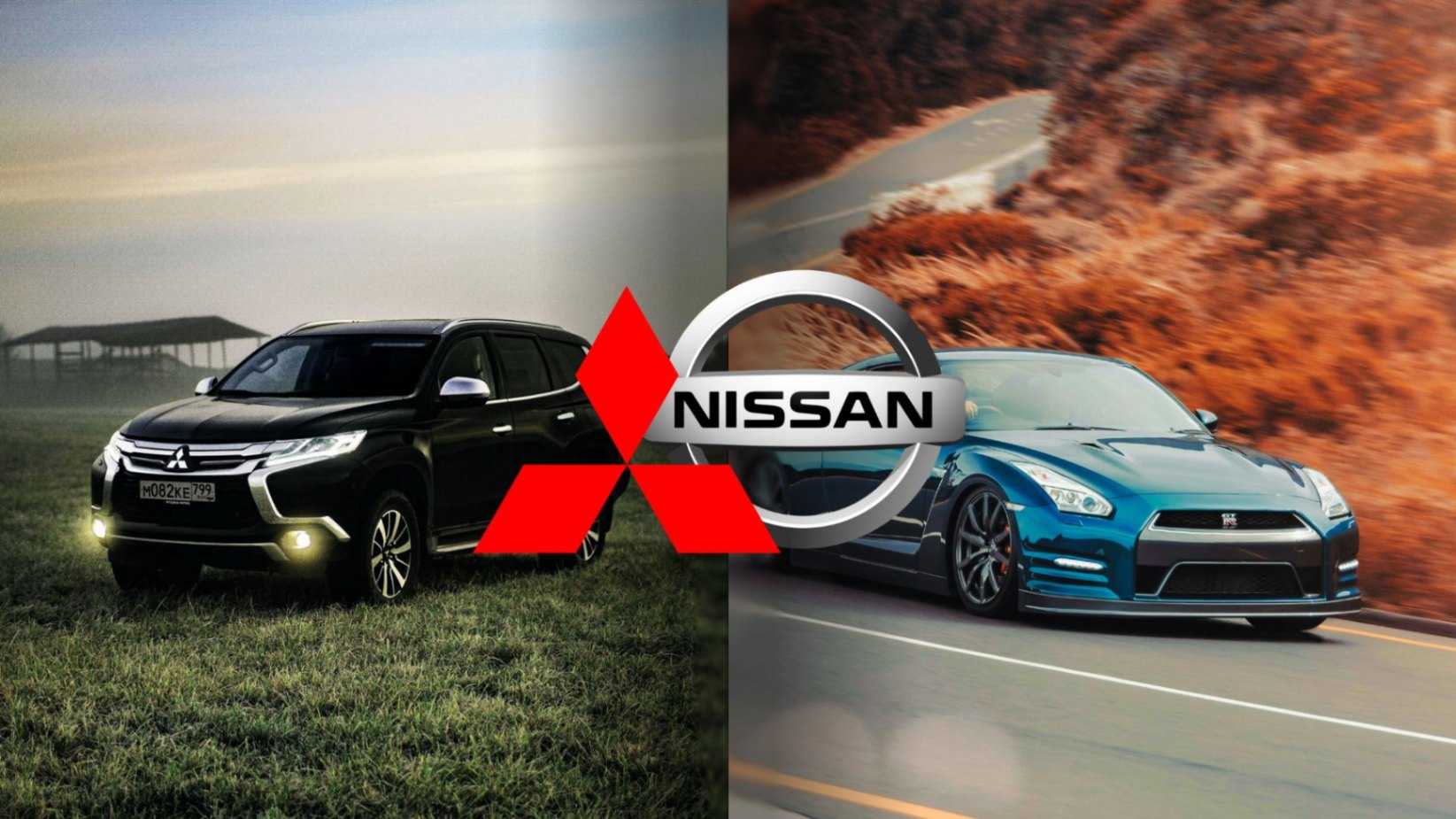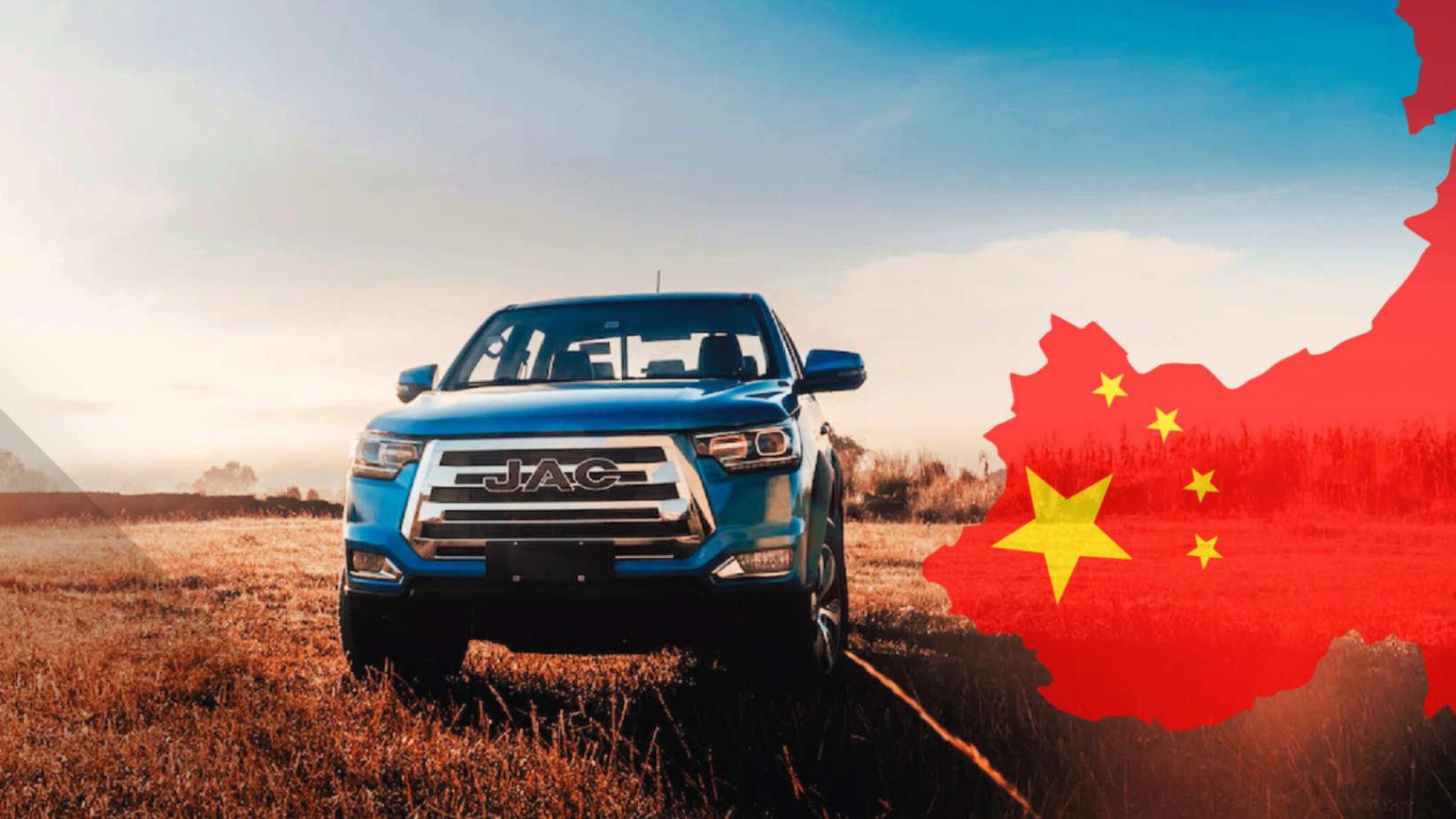
From the old iron horses of the Soviet era to modern models packed with technology, Russian cars have a unique reputation. Some say they're as tough as vodka and can conquer any terrain, while others consider them junk heaps that will only give you headaches. But what's the truth? Are Russian cars a scam or a hidden gem waiting to be discovered? Sit back and join us to find out!
A History of Russian Automobiles
Beginning in the early 20th century during the era of the Tsars, Russia, a vast and developing nation, dreamt of its own iron carriages. While most automobiles were expensive imports from Europe, Russian pioneers like Ryabov and Freze established the first domestic auto factories in St. Petersburg and Moscow. Their creations, such as the Russo-Balt, were luxury cars inspired by French and Italian designs.
However, the burgeoning Russian auto industry was severely impacted by World War I and the Russian Revolution. Under the Soviet regime, automobile production became a national priority. Gigantic factories were constructed throughout the country, and centralized planning dictated models and production numbers. Cars were no longer luxuries but tools for economic development and social mobility.
Iconic brands like Lada, Moskvitch, and ZIL emerged. The Lada Zhiguli, based on the Fiat 124, became the quintessential family car, known for its simplicity, durability, and affordability. Moskvitch was another popular brand, while ZIL produced luxury limousines and official vehicles symbolizing Soviet power.
The fall of the Soviet Union in 1991 plunged the Russian auto industry into crisis. Economic collapse, outdated factories, and struggling Soviet brands posed significant challenges. Lack of investment, competition from Western importers, and uncertainty about the future threatened to cripple the industry.

Controversies
Russian cars were not renowned for their reliability. The Soviet focus on mass-producing affordable vehicles often compromised material quality and construction. Consequently, Russian cars were known for poor quality, frequent mechanical issues, and short lifespans.
Additionally, Russian vehicles were often criticized for their environmental impact. Inefficient engines resulted in high fuel consumption and excessive emissions. Safety standards also lagged behind international norms. The absence of airbags, ABS brakes, and electronic stability control made Russian cars less safe.
Iconic Brands
Despite a once dismal quality, the Russian automotive industry has undergone a remarkable transformation. Inefficient factories were shuttered, facilities were modernized, and new partnerships with Western companies were forged.
Brands like Lada and Volga were reinvented. Lada expanded far beyond Russia, exporting to over 100 countries and gaining popularity in Europe, Latin America, Africa, and Asia. The Lada Niva became the brand's most iconic model.
In the post-Soviet era, GAZ has remained a leader in commercial vehicle production in Russia. Its trucks and buses serve industries from construction and mining to public transportation and tourism.
UAZ emerged as a dominant force in off-road vehicles. Its trucks, jeeps, and SUVs are used in agriculture, mining, the military, and adventure tourism.
Aurus, a newer luxury brand, was created for high-ranking officials. These cars blend classic elegance inspired by Soviet-era luxury vehicles with cutting-edge technology, including driver assistance systems, advanced connectivity, and premium materials. The Aurus Senat, one of the world's most expensive luxury cars, directly competes with brands like Rolls-Royce, Bentley, and Maybach.
Innovative Technologies
What sets Russian vehicles apart? One defining characteristic is their robustness and durability. Russian cars are engineered to withstand harsh conditions, including unpaved roads, extreme weather, and sub-zero temperatures. They are built with steel and cast iron, featuring suspensions designed to handle rough terrain. Simple, reliable engines and basic electrical systems make them less prone to failure in extreme environments.
Russian off-road vehicles are particularly impressive, boasting 4x4 systems and locking differentials for superior traction on slippery surfaces. Deep-tread tires provide excellent grip on loose terrain like mud, sand, and snow. Rugged suspensions and high ground clearance further enhance off-road capabilities. Their engines, often diesel or gasoline, are designed for low-end torque to deliver power in challenging conditions.

The Future of the Russian Automotive Industry
Russia is committed to a more sustainable future with the development of electric vehicles. Companies like Zetta and KamAZ are leading the charge, creating eco-friendly and efficient vehicles. The Zetta, for example, offers a range of up to 400 kilometers.
Safety has also improved significantly in recent years. Modern Russian cars feature advanced systems to prevent accidents and mitigate their impact.
The Russian automotive industry is increasingly focused on innovation. Companies are investing in research and development to create more efficient, safe, and connected vehicles. Autonomous vehicle testing has begun on Russian streets, paving the way for future implementation.
To further modernize and compete globally, the industry has formed partnerships with international giants like Renault, Volkswagen, and Toyota.
Learn more about: How a Worker Built an Automotive Empire | The Toyota Story
So, are Russian cars a hidden gem or a flawed product? The answer is complex. While there are areas for improvement, Russian vehicles offer unique qualities and advantages worth considering. What do you think? Would you consider owning a Russian car?


